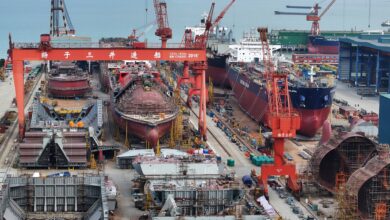
In a significant move, Chinese President Xi Jinping has undertaken a major restructuring of the People’s Liberation Army (PLA), leading to the dissolution of the Strategic Support Force (SSF). This restructuring aims to enhance military operational capabilities and exercise greater political oversight over various elements within the PLA.
The SSF, created in 2015, was responsible for space, counter-space, and information warfare capabilities. However, concerns were raised about its effectiveness and the spread of resources among its multifaceted tasks.
The decision to dissolve the SSF and establish three independent branches – the Information Support Force (ISF), the Cyberspace Force, and the Aerospace Force – reflects China’s focus on the importance of logistics, information, space, and cyber domains in modern warfare.
The restructuring raises several questions about the motives behind the decision. China’s reputation for lack of transparency leaves room for speculation, including the possibility of corruption influencing Xi’s choice. Analysts debate whether the restructuring aims to consolidate military structures, align with global trends, or counter potential adversaries’ capabilities.
The new structure allows for more direct control over the information domain, with the ISF responsible for integrated computer architecture, information security, and intelligence dissemination. The Cyberspace Force will focus on offensive cyber operations and reinforcing national cyber border defence. The Aerospace Force will oversee space operations and strengthen China’s space capabilities.
While the restructuring signifies China’s commitment to modernizing its military and aligning with international advancements, challenges lie ahead. The PLA must undergo extensive training and exercises to adapt to the new structure and ensure operational effectiveness.
As China takes these significant steps, other countries, including the United States and India, closely observe the implications of China’s military restructuring. The move highlights the evolving nature of modern warfare and the increasing significance of information, space, and cyber operations. It also underscores the urgency for other nations to assess and accelerate their defence structural reforms.



